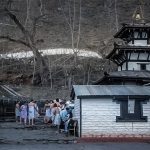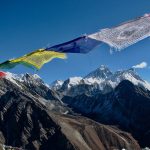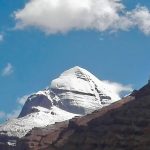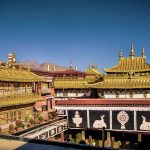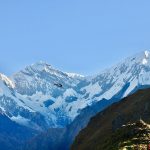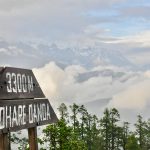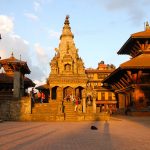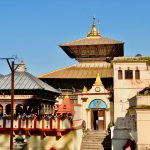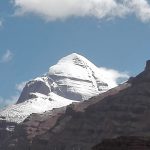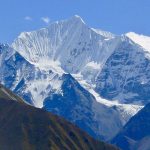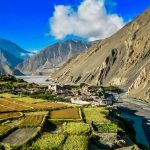- Home
- Tours
- Kathmandu | Nagarkot – 4 Days
- Kathmandu | Pokhara – 6 Days
- Jomsom | Muktinath – 7 Days
- Pokhara | Chitwan – 8 Days
- Muktinath | Damodar Kund – Helicopter – 8 Days
- Pokhara | Lumbini | Chitwan – 11 Days
- Lumbini | Chitwan | Janakpur – 11 Days
- Muktinath | Lumbini | Saswat Dham | Janakpur -12 Days
- Adventure Awaits in Nepal
- Trekking
- Climbing
- Kailash Yatra 2026
- About Us
- Blogs
- Contact


